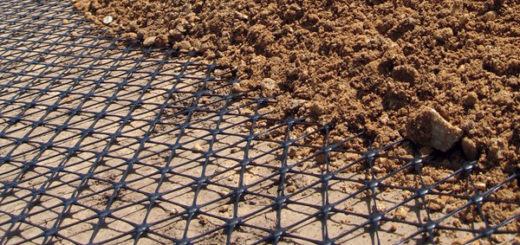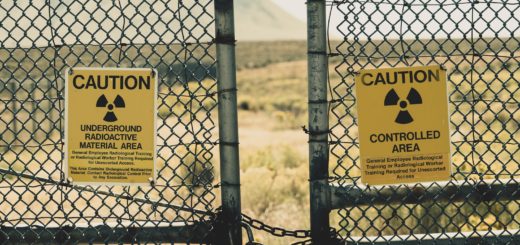What is 98% Compaction?
This is a question I get a lot while on construction sites. Contractors usually do not know what is meant by 98% compaction, just that they need the geotechnical technician with a nuclear gauge to tell them they’re at 98%. I often encounter other common misunderstandings and questions like “is 98% compaction the same for every material onsite?”, “How much work goes into getting 98% compaction?”, and “Why are some areas 95% compaction? What is the difference between the two?”. By understanding the basic science behind the term “98% compaction”, most of these questions disappear.
98% Compaction is Just A Percentage
I find setting up a typical scenario is a good way to explain this. Imagine you’ve just packed a lift, and the technician is testing the soil. He hammers the pin, fiddles around on his nuclear gauge, then tells the contractor that the soil is at 95% compaction.
What just happened? What did the machine do?
All the gauge did was compare the density of the soil that was just packed to a maximum density the technician entered into the gauge before the test. It’s telling the geotech tester that the soil that was just tested is at 95% of the theoretical maximum density the soil can reasonably achieve.
How Do You Know The Maximum Theoretical Density?
The maximum density used in nuclear gauges for compaction testing is determined in the testing company’s laboratory, using a Proctor lab test, usually just called a “Proctor” when discussing soil density onsite. The Proctor is the maximum density for the soil at its optimum moisture content.
The Proctor test is a simple test (explained here) and is essentially just ramming three layers of soil into a cylinder with equal numbers of blows each layer. This is done on 4 different cylinders at different moisture contents, which are then dried and weighed. The highest density is the Proctor density, with the optimum moisture content.
The Proctor test is critical to perform in advance of field testing, otherwise, field results are essentially meaningless as there is nothing for the technician to compare his results to.
What Is The Difference Between 95% Compaction and 98% Compaction?
You probably already know what the difference is after I’ve explained it above, but let’s go through it for clarity.
95% compaction is just 95% of the Proctor density, whereas 98% compaction is 98% of the Proctor density.
If the Proctor density is 100 (let’s ignore units here), and the percent compaction is 95, that means that the soil that was just packed has a density of 95. 95/100 = 95% = 95% compaction! Same for 98%. 98/100 = 98% = 98% compaction.
Easy, right?


